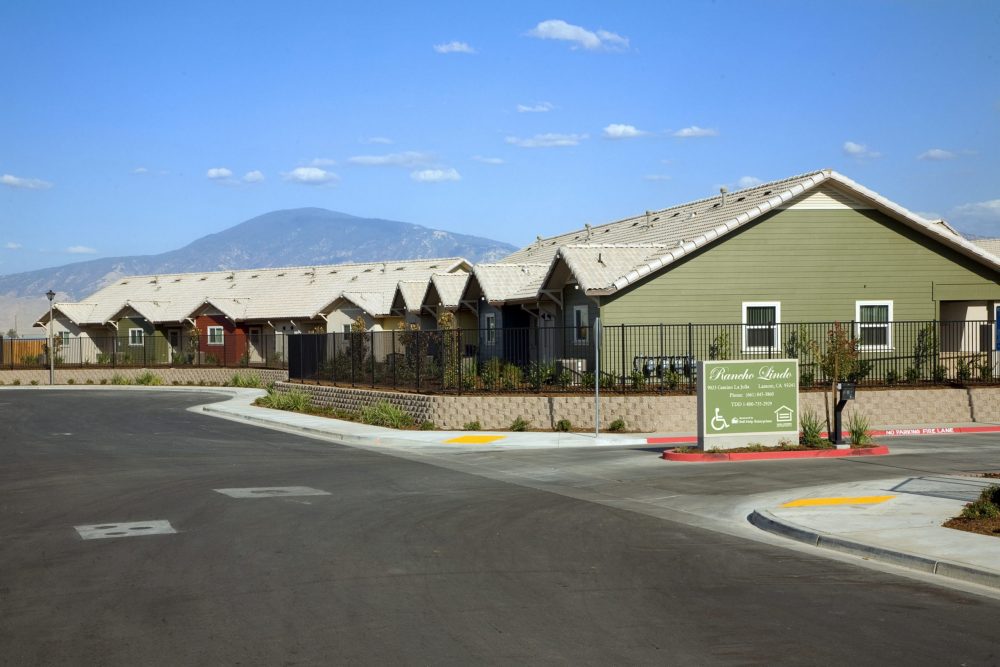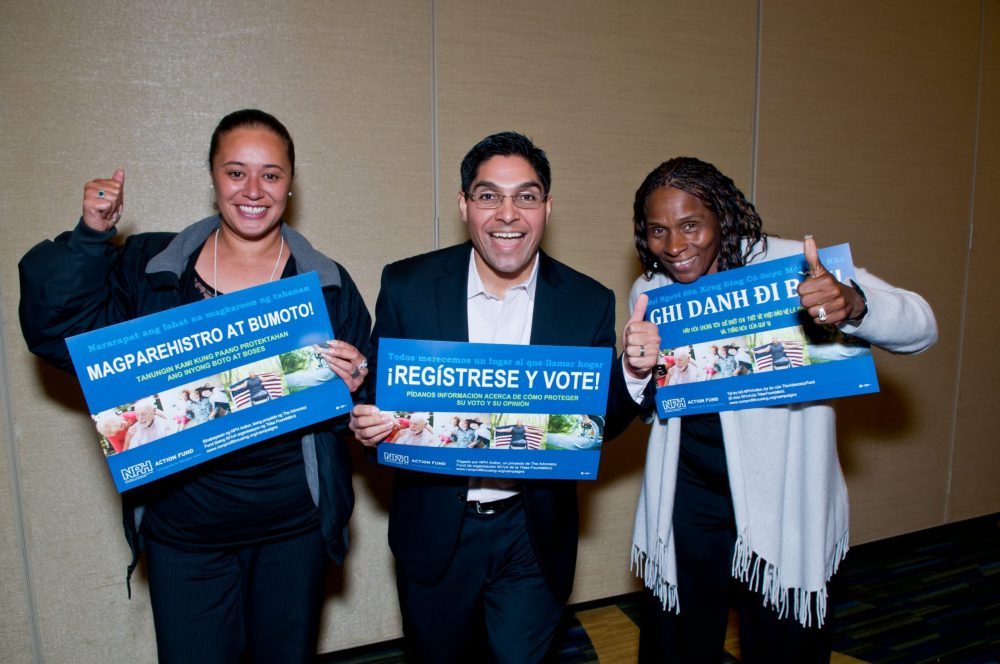
Where median incomes are lower, such as in the San Joaquin Valley, it can be harder to make units for people making below 30 percent of median work. Photo courtesy Self-Help Enterprises
Deep-income targeting, where the focus is on housing those with the lowest incomes, can mean dramatically different things to affordable rental housing developers in different states, and even for those building in different market areas within the same state.
For my nonprofit, Self-Help Enterprises, focusing too heavily on extremely low-income (ELI) households—those that generally earn 30 percent of the median income or below—challenges our ability to create new financially viable affordable housing communities. And yet there are well-meaning funding programs out there that keep pushing us to do just that.
Housing Costs Don’t Drop with Median Income
The issue is purely one of local demographics. We build in the central inland portion of California known as the San Joaquin Valley. Our county, Tulare, is the poorest in California. A family of two is considered an ELI household if they earn up to an annual income of $16,020; $20,160 for a family of three. That’s barely above the poverty threshold.
By contrast, in wealthy San Francisco County, 30 percent of area median income is more than 50 percent higher than in Tulare County—$29,550 and $33,250 for households of two or three, respectively. This means approximately $330 per month in additional rent can be charged for units targeted to be affordable to ELI tenants in San Francisco compared to Tulare County.
I know what you’re thinking.
Of course allowable rents are higher in metropolitan areas where everything costs more and working people tend to earn more. It is also logical to assume that although rents are higher in San Francisco, there is a corresponding higher cost of development in urban areas. But this is only partially true. Certainly land costs are exponentially higher, but the other costs associated with construction, including local impact fees, prevailing wages, transactional costs, and energy efficiency requirements, are quite comparable.
On average, it costs us $460 per unit per month to properly manage and maintain an affordable rental housing property. This amount does not include replacement reserves, asset management costs (ensuring the property is managed properly and investors are satisfied with compliance and financial performance), or debt service. For a two-bedroom ELI unit in Tulare County, that means we have basic operating costs that are $60 higher than we can charge in rent ($400). Since we are committed to sustainable affordable housing, we also fully fund replacement reserves and take asset management seriously, which together averages around another $75 per unit per month. Add permanent debt to this picture and your pro forma begins to groan. For instance, on a modest permanent loan of $720,000 for one of our Tulare County projects (representing a mere 7 percent of the overall development cost), the monthly cost per unit to make the loan payment is $91. In this scenario, we are having to make up $226 per month in rent for the ELI units from our non-ELI units.
For us, the upshot is that the units targeted at households making 40 to 60 percent of the area median income (AMI) regularly subsidize the ELI units in the project, and that limits the percentage of ELI units we can build. We have just barely been able to structure our recent projects to target 10 percent of the units to ELI households without an operating deficit reserve. A project that came with a funding requirement for 30 percent ELI units is requiring a $130,000 operating deficit reserve for 15 years.
Focusing too heavily on extremely low-income households challenges our ability to create new financially viable affordable housing. And yet there are well-meaning funding programs out there that keep pushing us to do just that.
Increasingly, the funding streams we depend on to build new affordable rental communities favor targeting high numbers of units to ELI households in order for a project to be competitive—typically 10 to 20 percent. This includes the National Housing Trust Fund, our state’s Low-Income Housing Tax Credit allocating agency, and most state-specific funding programs, even when state specific programs are allocating federal funds where this is not required (such as HOME and Community Development Block Grants).
Rural Areas Are Different
While we understand the desire to direct housing resources to those with the lowest incomes, this doesn’t always match with local needs in remote rural markets. In the west, where we have extremely large counties, it is not unusual to have at least one large city with a population that has demographics and incomes very different from the rest of its county, but is bundled into the “area” across which AMI is calculated. One example of this would be Kern County, which is about the size of Massachusetts, yet because it contains Bakersfield, a large city (over 350,000 in population), the median income numbers for the whole area can be skewed downward. In these scenarios, ELI families are concentrated in the urbanized areas, where services and support systems–even if insufficient–are more prevalent. If you took the median incomes of the rural areas alone, the numbers might look quite different, and even higher in places with concentrations of working families.
We often work in communities that are largely populated by farmworkers, where employment rates are relatively high. On average, the sources of employment pay salaries that tend to fall in the 40 to 60 percent AMI range, so it makes sense that we serve this income range.
None of this is meant to suggest that we lack ELI individuals and families with a need for our housing. The main point is that without an operating or rental subsidy, we cannot make the numbers work when deep-income targeting metrics are required.
Overall, Self-Help Enterprises is committed to serving all income ranges within the communities we serve, and will continue to find creative ways to balance ELI units with traditional low-income units. We will also continue to advocate for flexibility in funding programs. Income targeting should be customized to the needs of the community being served and the financial constraints of the limited funding available to serve those communities. While ELI units are essential in many communities, so are high-quality affordable projects with a sound maintenance strategy and robust on-site resident services, which is exactly what we are committed to building.




Well said, Tom!
I’ll be circulating this article to our membership and mailing list. Our developers get it, but you articulate it very well for the broader community.
– Connie Brown, AE4 [with Peter Carey]
How about using companies who have projects in the 2 divergent locations & have them subsidize the ELI off the profit in the other? Something like in NYC (but it’s done in the reverse / a harmful way there) where the project is granted a lower rate building loan if they supply low-income apartments. Unfortunately they geographically split the project into high in a high-income neighborhood and low into low-income while the intended consequence — diverse neighborhoods — is diverted / not achieved.